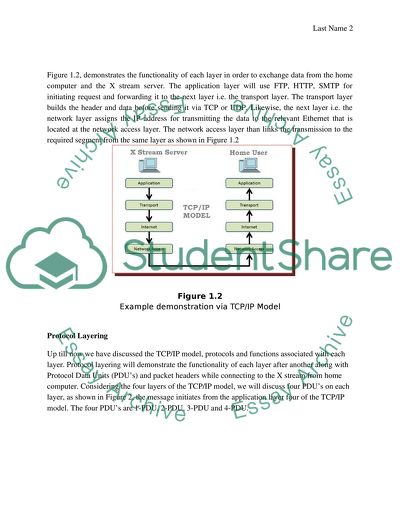Cite this document
(“Computer Communications & Networks Lab Report Example | Topics and Well Written Essays - 1750 words”, n.d.)
Computer Communications & Networks Lab Report Example | Topics and Well Written Essays - 1750 words. Retrieved from https://studentshare.org/information-technology/1441465-computer-communications-networks-report
Computer Communications & Networks Lab Report Example | Topics and Well Written Essays - 1750 words. Retrieved from https://studentshare.org/information-technology/1441465-computer-communications-networks-report
(Computer Communications & Networks Lab Report Example | Topics and Well Written Essays - 1750 Words)
Computer Communications & Networks Lab Report Example | Topics and Well Written Essays - 1750 Words. https://studentshare.org/information-technology/1441465-computer-communications-networks-report.
Computer Communications & Networks Lab Report Example | Topics and Well Written Essays - 1750 Words. https://studentshare.org/information-technology/1441465-computer-communications-networks-report.
“Computer Communications & Networks Lab Report Example | Topics and Well Written Essays - 1750 Words”, n.d. https://studentshare.org/information-technology/1441465-computer-communications-networks-report.


